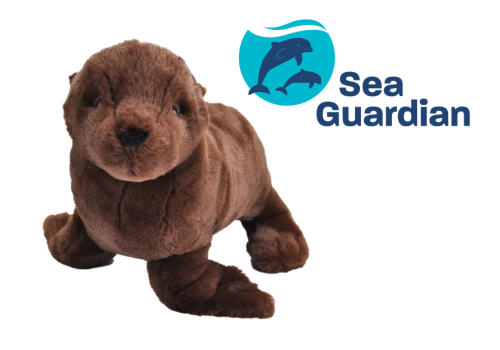Become a Sea Guardian today by adopting an Australian sea lion
Australian sea lions are unique to Australian shores. These beautiful animals prefer sandy beaches, usually in isolated bays and sheltered areas, living in small colonies dotted along the coastline of South Australia and Western Australia.
Australian sea lion pups are born with chocolate brown fur, which is lost after the first moulting phase. Females only breed once every 18 months and they pup only at the site where they were born.

Adopt Pup an Australian sea lion with a monthly gift of $35 or more and you will receive:
- 12 inch 100% recycled eco-friendly species plushie
- Adoption kit with information card about the species
- Adoption certificate.
Our oceans and marine wildlife need your help.
Australia has some of the most extraordinary oceans on the planet. But right now, our oceans are facing dire threats, more than ever before. Plastic pollution, rising ocean temperatures and damaging fisheries are just some of the major threats that we’re fighting.
Adopt a species today to fight to protect our oceans and precious marine life.